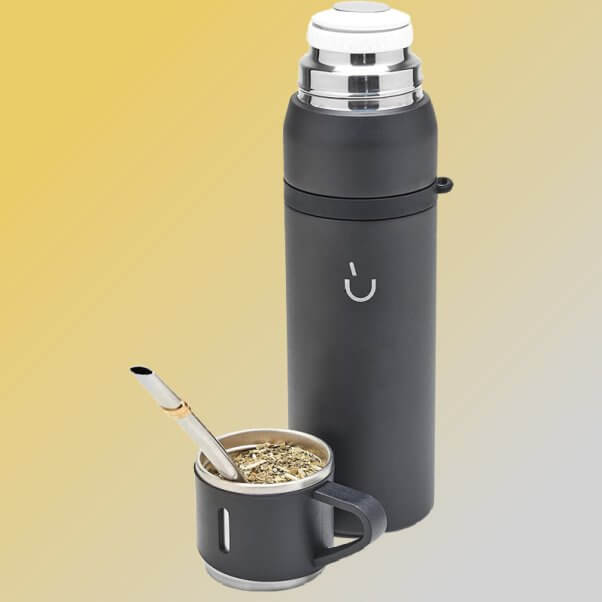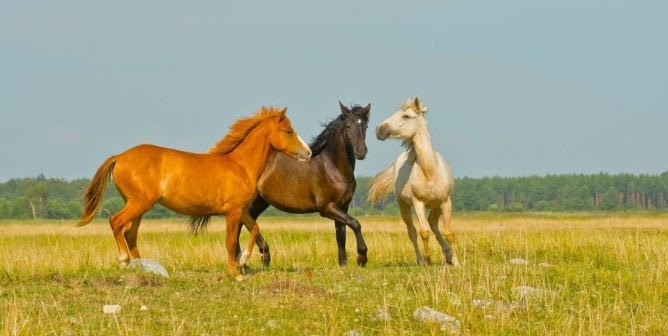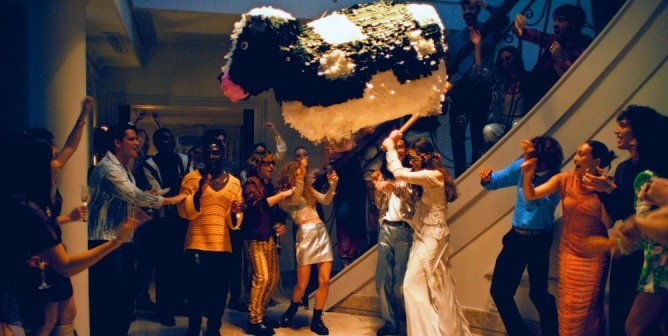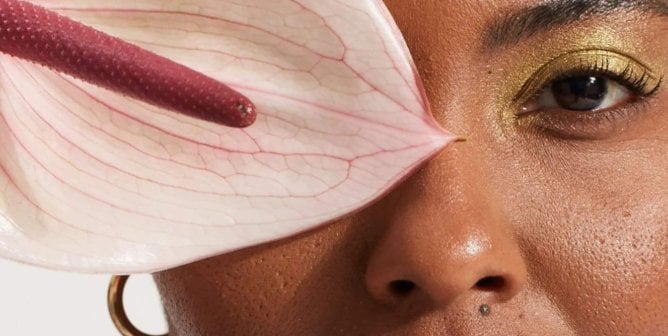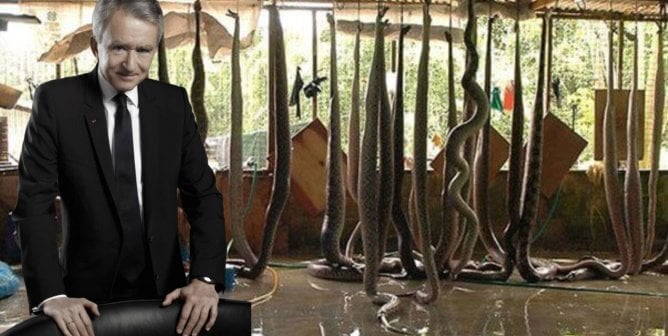In Latin American countries, some traditional items are often made of animal-derived materials, but it’s easier than ever to find them made of sustainable, ethical alternatives such as organic cotton, hemp, and vegan leathers. More and more people are realizing the horrors of the leather, wool, fur, and other animal-exploiting industries and are looking for vegan options instead. Here are just some of the ways that people in Latin American countries are making clothing, accessories, and other items without harming animals:
Argentina
Gauchos are Argentine cowboys whose distinct attire consists of girdles, belts, and boots made of cow’s leather along with ponchos and berets made of wool. In Argentina and Uruguay especially, mainstream fashions have been inspired by these iconic figures, and many people would like to replicate the look using animal-free materials. Vegan leather boots and accessories are now widely available, including ponchos and berets made of non-animal fibers like cashmilon.
In Buenos Aires, some shops still sell coats and other items made of fox fur. Foxes used for their fur are often bred and imprisoned in cramped, filthy cages, where they endure lives filled with pain and fear. Wearing someone else’s fur will never be fashionable, so many Argentines are choosing faux fur instead.
Cowhide rugs are also found in some shops, but those looking to emulate the style with compassion are choosing faux-cowhide rugs instead because they’re easy to find, more affordable, and—most importantly—not made of skin.
In addition to clothing, other traditional Argentine items now use animal-derived materials. Yerba mate is a staple beverage there and in Uruguay, and it can be served in a cup made from a leather-wrapped calabash gourd, a cow’s horn, or even a cow’s hoof. Instead of these, most Argentines now use durable insulated thermoses with built-in cups to keep their mate warm all day long. Pair it with a leather-free tote bag (like this one from Argensend) for an easy way to have your mate on the go.
Chile
Leather belts with cow-horn buckles were once traditional accessories in Chile. Leather and cow horn are coproducts of the beef industry, and buying them supports it just as buying beef does. Dehorning—an extremely painful and traumatic process for cows—is also common in the dairy industry.
Rather than propping up these cruel industries, more Chileans and other Latin Americans are choosing belts, shoes, and other accessories that don’t harm gentle cows. Brands like Black Nopal are making items with nopal cactus leather and metal buckles.
Colombia
Cotizas llaneras de cuero are espadrille-style shoes made of cow’s skin that sometimes still have the hair attached. Instead of choosing cruelly produced leather espadrilles, many are opting for those made with natural plant fibers. Indigenous communities in Colombia use ancestral weaving techniques to craft shoes made with sisal and jute.
Another common item in Colombia is the ruana, a kind of warm wool blanket or poncho popular in the Andean region. In the wool industry, workers chop off parts of lambs’ tails, castrate males without painkillers, and slit sheep’s throats while they’re still conscious. Now Colombians are turning to more humane options to stay warm, including ruanas made with animal-friendly materials.
Colombian-based Fiquetex is a “PETA-Approved Vegan” brand that makes innovative new materials from the fique plant, which grows in abundance in the region. We’re excited to see the ways that Fiquetex can be used to enhance traditional Colombian items.
Mexico
Many Mexican clothes, from leather huarache shoes to belts, are often made of skin from cows, ostriches, and other animals. These animals suffer immensely in the leather industry, which treats them as objects instead of the individuals they are and is a major contributor to environmental destruction since it requires a massive amount of feed, pastureland, water, and fossil fuels to raise, transport, and slaughter the animals. People who live and work in or near leather tanneries also suffer when they’re exposed to the toxic pollutants used to stop the skins from decomposing.
Fortunately, the vegan leather industry is booming in Latin America, and one Mexican company in particular is at the forefront: Adriano Di Marti, a company created by Adrián López Velarde and Marte Cázarez, developed Desserto, an award-winning “PETA-Approved Vegan” material made from cactus, and it’s already being used by major brands.
Peru
Peru is the world’s largest producer of alpaca wool, and according to the Peruvian Institute for Statistics, there are roughly 3.6 million alpacas in the country, across over 46 provinces, concentrated primarily in the Arequipa, Cusco, and Puno regions.
A PETA undercover investigation revealed that workers on a major Peruvian alpaca farm hit, kicked, tied down, and mutilated pregnant, crying alpacas while stealing their wool. Terrified alpacas endure this traumatic shearing process multiple times until their wool production slows and they’re slaughtered for food. Instead of supporting the cruel alpaca-wool industry, many Peruvians are buying chullo hats made of non-animal materials.
The “PETA-Approved Vegan” Peruvian brand Insecta makes bags and accessories using Piñatex, a vegan leather made from pineapple-leaf fibers. It also produces Piñayarn, a wool-free yarn using the same fibers, and we hope to see more Peruvian chullo hats made from it in the near future.
Choose Vegan Fabrics Instead of Those Produced by Harming Animals
Countless companies are creating materials from plants without destroying animals or the environment. They’re using pineapple, apple, mushroom, fique plant, cactus, and recycled cotton to create vegan leather—the options are endless, and new, innovative materials are being invented all the time.
If you’re wondering how you can help animals used for their skin, start by never buying anything made of leather, wool, fur, or any other animal-derived material. You can also help by asking companies to change for the better:


